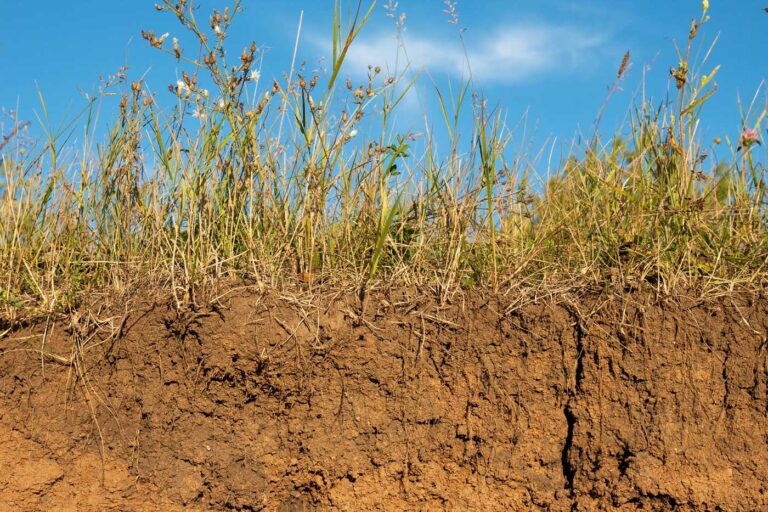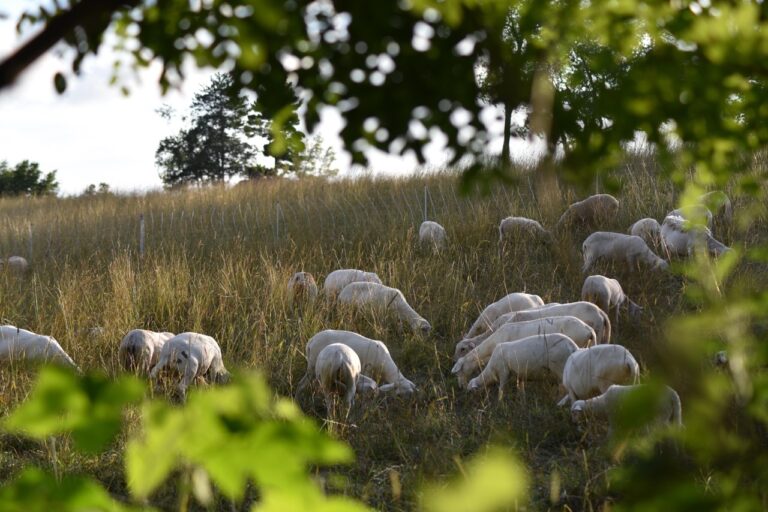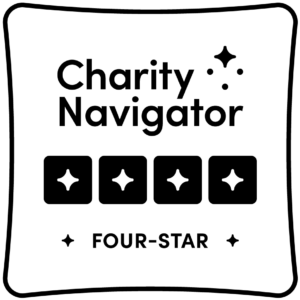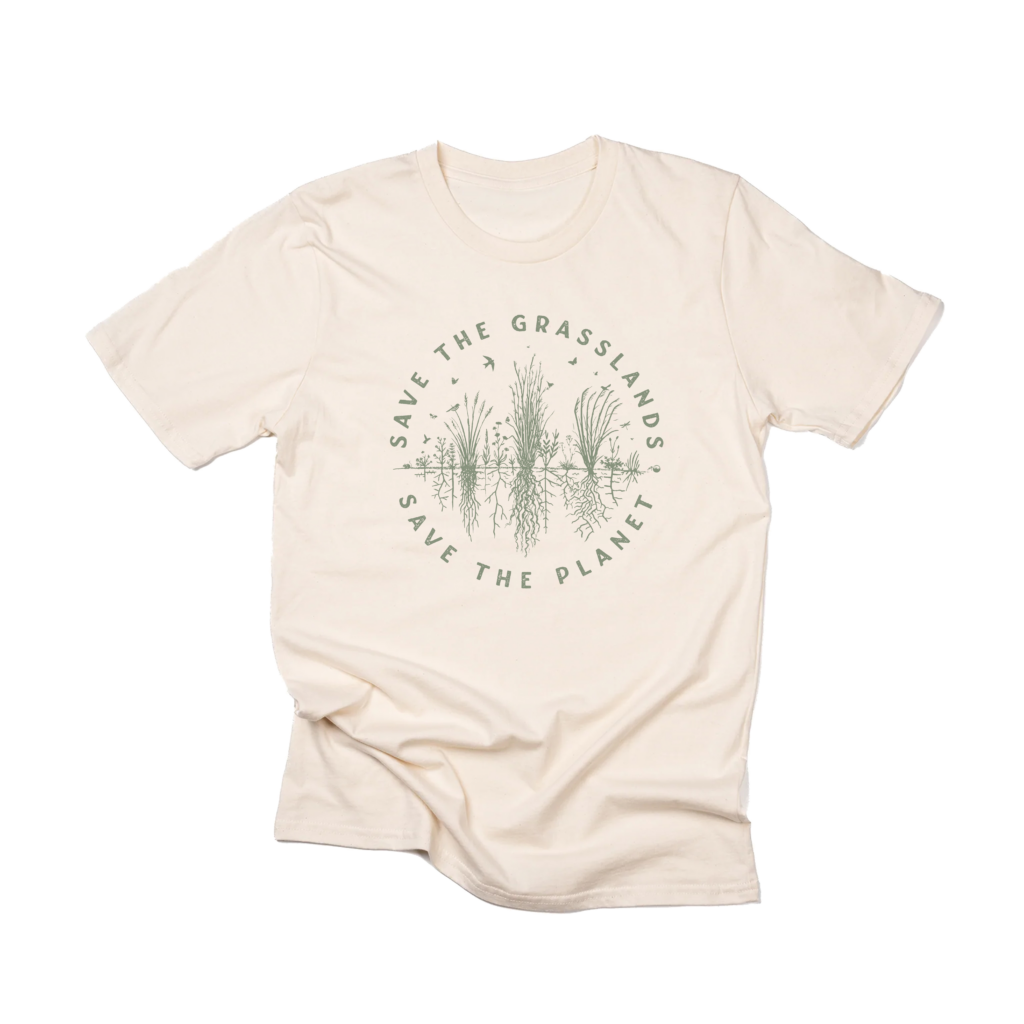Forty years ago, Allan Savory developed Holistic Management, as an approach to help land managers, farmers, ranchers, environmentalists, and policymakers develop strategies for regenerating degraded landscapes and the livelihoods of the people living on them.
Holistic Management uses a decision-making process to help ensure that the actions taken to restore land and livelihoods are ecologically, socially and economically sound based on the context described by the people involved. In two-thirds of the world that is grasslands, much of the land regeneration involves the use of livestock, which are managed to mimic the behaviors of ancient wild herds in a manner that heals degraded soils, improves ecosystem function, and builds biodiversity.
It was a key insight, that livestock must be managed as an integral part of the wider ecosystem, that has helped thousands of ranchers around the globe to restore their degraded soils using holistically managed livestock.
Making Decisions Within the Context of a Wider Ecosystem
For many years, large areas of grasslands around the world have been turning into barren deserts. This process, called desertification, is happening at an alarming rate and plays a critical role in many of the world’s most pressing problems, including climate change, drought, famine, poverty and social violence.
One major cause of desertification is mismanaged agriculture, the production of food and fiber from the world’s land (and waters) by human beings for human beings. In the past, large wild herds of grass-eating herbivores migrated or were compelled to keep moving by the presence of pack-hunting predators, which dominated grassland environments.
These herds grazed, defecated, stomped and salivated as they moved around, building soil and deepening plant roots.
Over time, the wild herds were largely replaced by small numbers of domestic, sedentary livestock and populations of pack-hunting predators were mostly destroyed. Without the constant activity of large numbers of bunched animals, the biological cycle (birth, growth, death, decay) was interrupted and the grasslands and their once-rich soils turned into dry, exposed desert land.
Does Holistic Management Work?
Holistic Management has been successfully implemented on nearly 29 million hectares (75 million acres) across more than 20,000 trained farmers, ranchers, and pastoralists. It is successful because it is a cost-effective, highly scalable, and a nature-based solution. It is sustainable because it increases land productivity, livestock stocking rates, and profits.
The Savory Institute trains land managers to use Holistic Management through the accredited educators in our global Hub network, as well as through online courses, ebooks, and other learning materials.
The Savory Institute has also developed the Land to Market Program, the world’s first global sourcing solution for raw materials derived from regenerating landbases. Land to Market helps brands in both food and fiber industries improve the sourcing in their supply chains, and the Land to Market Verified seal gives consumers a way to identify products that come from regenerating land and whose outcomes are backed by scientific measurement.
This measurement process, called Ecological Outcome Verification (EOV), enables ranchers and farmers to document real improvements in ecosystem function, including soil carbon, biodiversity, and water-infiltration.
Improving Resource Management
Resource managers everywhere are challenged by declining land productivity, increasing costs of production, pressures from the global marketplace, onerous government regulations, extreme weather, changes in societal attitudes about land use, and a host of other concerns.
Most people who want to learn more about Holistic Management have already heard about the solid results people achieve: increased profits, stocking rates, and crop yields, and the return of springs and creeks along with increased forage production and perennial grass species, much more wildlife, and improved quality of life.
Holistic Management will help you assess your situation and manage it from a holistic perspective. By understanding how nature functions and managing your resources to enhance symbiotic relationships, everyone wins.
You are not simply a land manager, but a land steward. And, when you consciously address your social and economic needs in the process, you will have a greater ability to sustain the progress you have made on the land.
Healthy environments support a variety of different living things, from the tiniest soil organisms, to the plants that grow above the soil surface, to the animals that harvest them and cycle the nutrients back into the soil. This biodiversity brings strength and balance to an environment. If you do a good job managing your land resources, you build and sustain diverse populations of living things and enhance the environment that sustains us all.
Holistic Management, simply put, helps us make better, more informed decisions that balance social, environmental, and financial considerations, while leading us in the direction we want our lives to take.
Holistic Planned Grazing: Getting animals to the right place, at the right time, with the right behavior
Holistic Planned Grazing is a key practice for managing livestock under Holistic Management. It enables you to plan livestock moves and a host of other factors that will prove key to your success —financially, environmentally and socially.
The grazing planning procedure enables any farmer, rancher, or pastoralist to produce the best possible plan at any time by adding value to the knowledge they invariably have already in their head.
It is an extremely effective way of addressing the full complexity involved when managing soil, plants, animals, and integrating the animals with any other activities on that land.
Most people cannot deal with more than a few variables at once and none can plan the complexity involved in managing livestock to regenerate grasslands and livelihoods using only their memory, a notebook, or calendar.
Every possible consideration is addressed one by one in the planning steps and recorded on a grazing chart until a clear picture emerges of where the animals should and should not be at certain times.
The moves of the animals are then plotted, to ensure that animals are where they need to be at the right time, and with the right behavior (based on what you are trying to achieve).
Suggested Viewing
More Resources
Free eBook: Foundations of Holistic Management »
Holistic Management Textbook »





